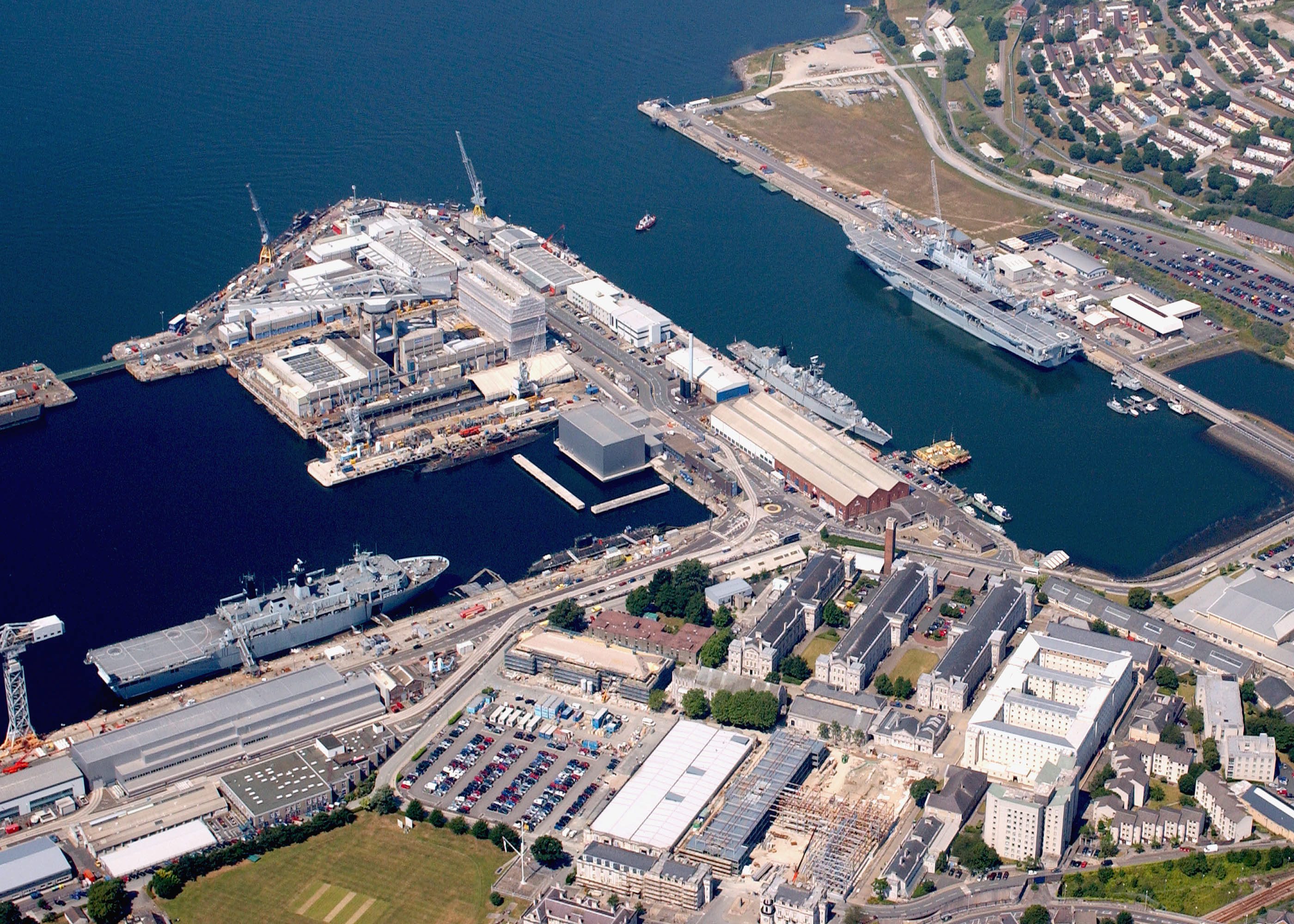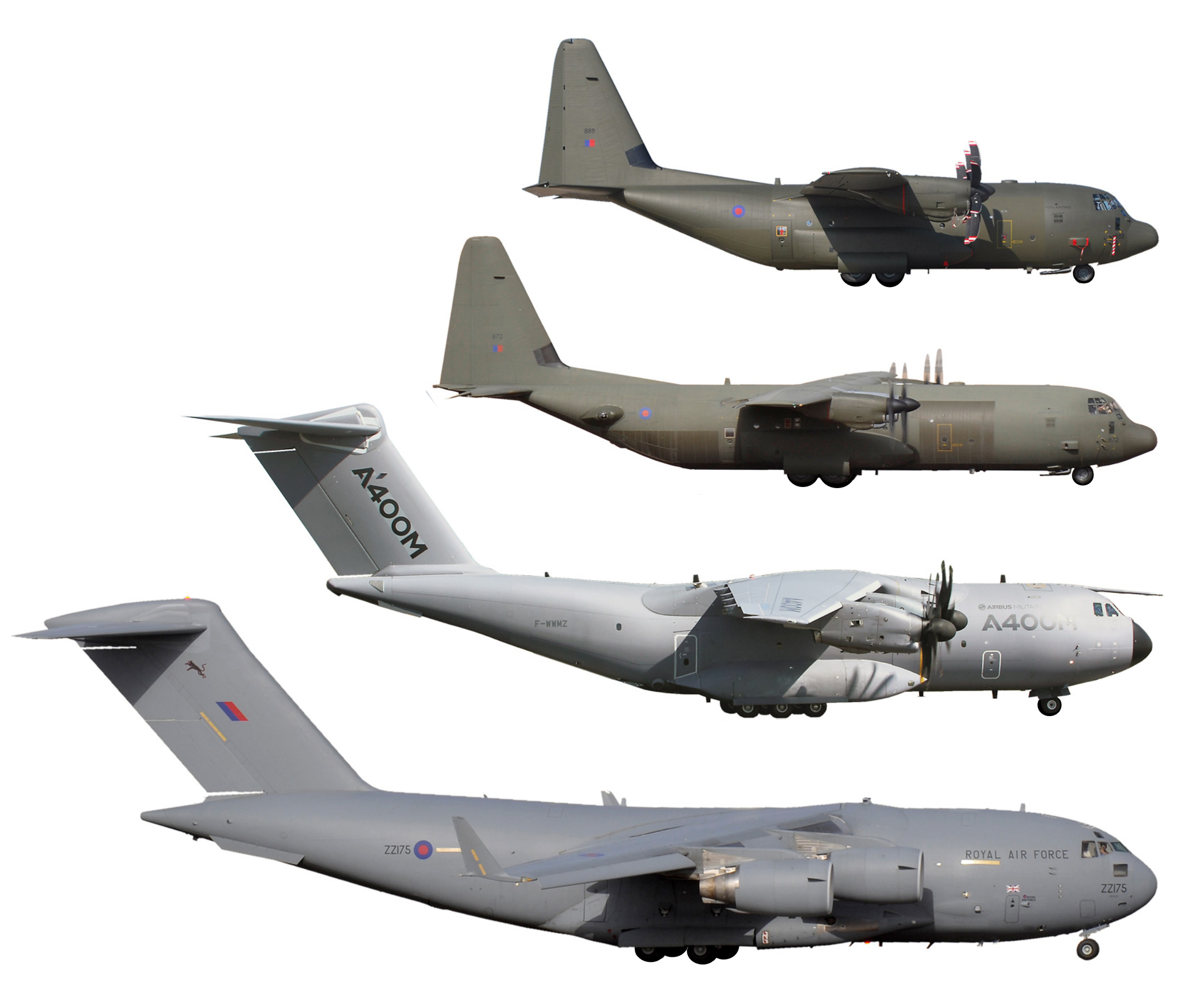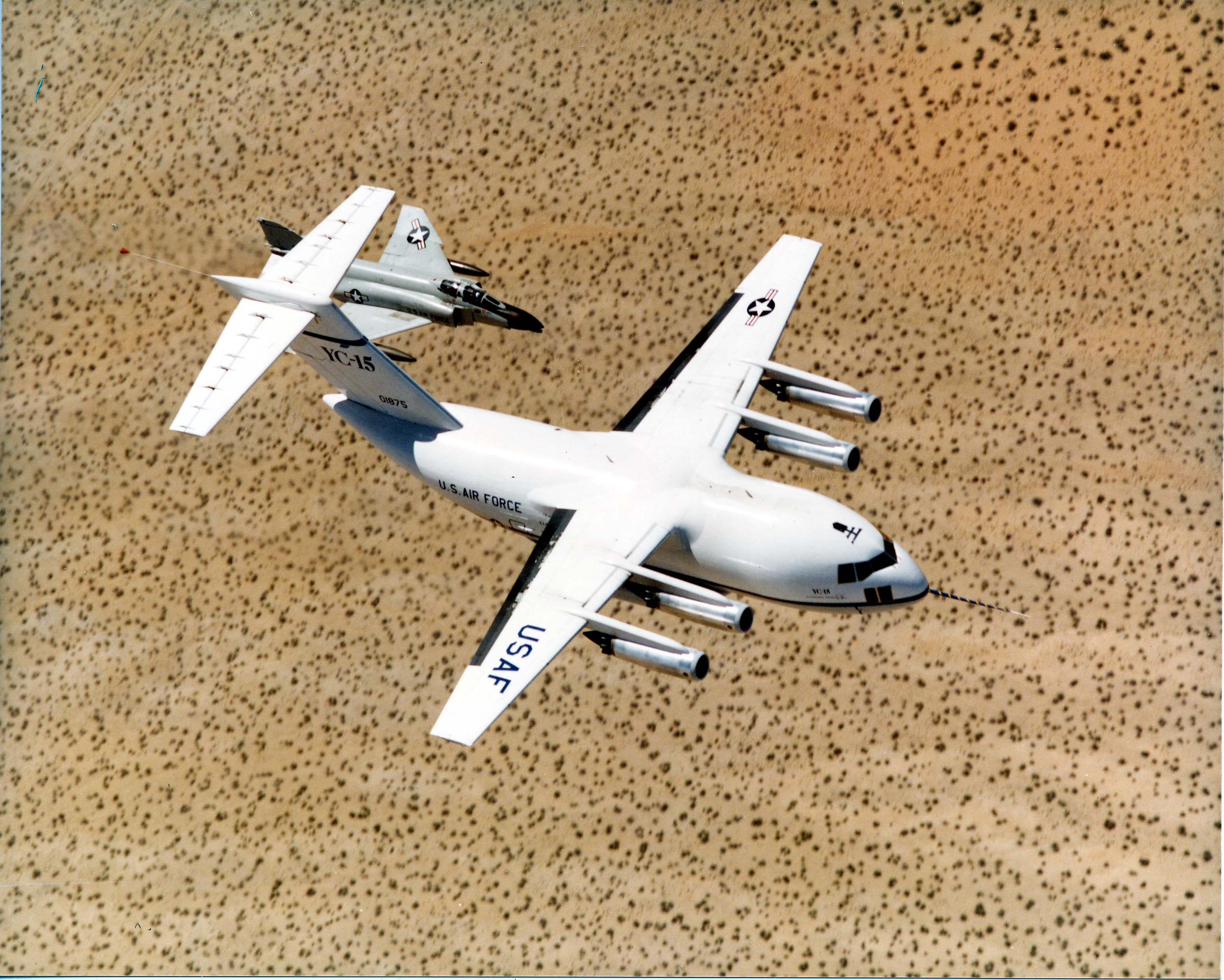|
Sea-class Workboat
The Sea-class workboat has been procured for Britain's Royal Navy to undertake a number of roles, including: logistics and transport tasks, inshore and harbour survey work, diver training and support, officer training and providing passenger transfer modules for the aircraft carrier . An autonomous minehunting variant of the class has also been procured. A procurement contract for £48M was awarded to Atlas Elektronik UK (AEUK) in September 2017 for the delivery of up to 38 vessels under the program. Thirty-five vessels were ultimately built, with deliveries beginning in 2018 and completing in 2024. Only (the largest boat in the series) is formally a commissioned warship of the Navy. The remaining boats are not technically commissioned warships. Vessel types and roles The Sea-class workboat incorporates hulls that are interchangeable allowing them to adapted for different tasks. As initially acquired, the class includes several variants: * 10 x 11 m standard workboats for t ... [...More Info...] [...Related Items...] OR: [Wikipedia] [Google] [Baidu] [Amazon] |
Royal Navy
The Royal Navy (RN) is the naval warfare force of the United Kingdom. It is a component of His Majesty's Naval Service, and its officers hold their commissions from the King of the United Kingdom, King. Although warships were used by Kingdom of England, English and Kingdom of Scotland, Scottish kings from the early Middle Ages, medieval period, the first major maritime engagements were fought in the Hundred Years' War against Kingdom of France, France. The modern Royal Navy traces its origins to the English Navy of the early 16th century; the oldest of the British Armed Forces, UK's armed services, it is consequently known as the Senior Service. From the early 18th century until the World War II, Second World War, it was the world's most powerful navy. The Royal Navy played a key part in establishing and defending the British Empire, and four Imperial fortress colonies and a string of imperial bases and coaling stations secured the Royal Navy's ability to assert naval superior ... [...More Info...] [...Related Items...] OR: [Wikipedia] [Google] [Baidu] [Amazon] |
REMUS (vehicle)
The REMUS (Remote Environmental Monitoring UnitS) series are autonomous underwater vehicles (AUVs) made by the Woods Hole Oceanographic Institution and designed by their Oceanographic Systems Lab (OSL). More recently REMUS vehicles have been manufactured by the spinoff company Hydroid Inc, which was a wholly owned subsidiary of Kongsberg Maritime. Hydroid was acquired by Huntington Ingalls Industries (HII) in March 2020. The series are designed to be low cost, they have shared control software and electronic subsystems and can be operated from a laptop computer. They are used by civilians for seafloor mapping, underwater surveying, and search and recovery as well as by several navies for mine countermeasures missions. Models There are a number of variants of the REMUS; all are torpedo-shaped vessels with reconfigurable sensors. REMUS 6000 The largest model is the REMUS 6000 at long and in diameter; it is named after its maximum diving depth of 6000m. It can travel at speeds of ... [...More Info...] [...Related Items...] OR: [Wikipedia] [Google] [Baidu] [Amazon] |
Aircraft Carrier
An aircraft carrier is a warship that serves as a seagoing airbase, equipped with a full-length flight deck and hangar facilities for supporting, arming, deploying and recovering carrier-based aircraft, shipborne aircraft. Typically it is the capital ship of a naval fleet, fleet (known as a carrier battle group), as it allows a naval force to power projection, project seaborne naval aviation, air power far from homeland without depending on local airfields for staging area, staging aerial warfare, aircraft operations. Since their inception in the early 20th century, aircraft carriers have evolved from wooden vessels used to deploy individual tethered reconnaissance balloons, to nuclear marine propulsion, nuclear-powered supercarriers that carry dozens of fighter aircraft, fighters, strike aircraft, military helicopters, airborne early warning and control, AEW&Cs and other types of aircraft such as unmanned combat aerial vehicle, UCAVs. While heavier fixed-wing aircraft such as a ... [...More Info...] [...Related Items...] OR: [Wikipedia] [Google] [Baidu] [Amazon] |
Ship Commissioning
Ship commissioning is the act or ceremony of placing a ship in active service and may be regarded as a particular application of the general concepts and practices of project commissioning. The term is most commonly applied to placing a warship in active duty with its country's military forces. The ceremonies involved are often rooted in centuries-old naval tradition. Ship naming and launching endow a ship hull with her identity, but many milestones remain before it is completed and considered ready to be designated a commissioned ship. The engineering plant, weapon and Electronics, electronic systems, Galley (kitchen), galley, and other equipment required to transform the new hull into an operating and habitable warship are installed and tested. The prospective commanding officer, ship's officers, the petty officers, and seamen who will form the crew report for training and familiarization with their new ship. Before commissioning, the new ship undergoes sea trials to identify a ... [...More Info...] [...Related Items...] OR: [Wikipedia] [Google] [Baidu] [Amazon] |
Britannia Royal Naval College
Britannia Royal Naval College Dartmouth, also known as Dartmouth, is the naval academy of the United Kingdom and the initial officer training establishment of the Royal Navy. It is located on a hill overlooking the port of Dartmouth, Devon, England. Royal Naval officer training has taken place in Dartmouth since 1863. The buildings of the current campus were completed in 1905. Earlier students lived in two wooden hulks moored in the River Dart. Since 1998, BRNC has been the sole centre for Royal Naval officer training. History The training of naval officers at Dartmouth dates from 1863, when the wooden hulk was moved from Portland and moored in the River Dart to serve as a base. In 1864, after an influx of new recruits, ''Britannia'' was supplemented by . Prior to this, a Royal Naval Academy (later Royal Naval College) had operated for more than a century from 1733 to 1837 at Portsmouth, a major naval installation. The original ''Britannia'' was replaced by the in 1869, ... [...More Info...] [...Related Items...] OR: [Wikipedia] [Google] [Baidu] [Amazon] |
HMNB Portsmouth
His Majesty's Naval Base, Portsmouth (HMNB Portsmouth) is one of three operating bases in the United Kingdom for the Royal Navy (the others being HMNB Clyde and HMNB Devonport). Portsmouth Naval Base is part of the city of Portsmouth; it is located on the eastern shore of Portsmouth Harbour, north of the Solent and the Isle of Wight. For centuries it was officially known as HM Dockyard, Portsmouth: as a Royal Navy Dockyard, Portsmouth functioned primarily as a state-owned facility for building, repairing and maintaining warships; for a time it was the largest industrial site in the world. From the 1970s, the term 'Naval Base' began to be used for Portsmouth (and other Royal Dockyards), acknowledging a greater focus on personnel and support elements alongside the traditional industrial emphases. In 1984 Portsmouth's Royal Dockyard function was significantly downsized and downgraded, and was formally renamed the 'Fleet Maintenance and Repair Organisation' (FMRO). The FMRO was priv ... [...More Info...] [...Related Items...] OR: [Wikipedia] [Google] [Baidu] [Amazon] |
HMNB Devonport
His Majesty's Naval Base, Devonport (HMNB Devonport) is one of three operating bases in the United Kingdom for the Royal Navy (the others being HMNB Clyde and HMNB Portsmouth) and is the sole nuclear repair and refuelling facility for the Royal Navy. HMNB Devonport is located in Devonport, Devon, Devonport, in the west of the city of Plymouth, England. The base began as a Royal Navy Dockyard in the late 17th century, designed and built on open ground by Edmund Dummer (naval engineer), Edmund Dummer as an integrated facility for the repair and maintenance of warships, centred on his pioneering stone dry dock (one of the earliest stepped docks in the world). Over the next two centuries it expanded, reaching its present extent in the 20th century. Historically, the yard was also used for shipbuilding: over 300 naval vessels were built there, the last being HMS Scylla (F71), HMS ''Scylla'' (launched in 1968). The yard was known as HM Dockyard, Plymouth until 1843, when it was ren ... [...More Info...] [...Related Items...] OR: [Wikipedia] [Google] [Baidu] [Amazon] |
HMNB Clyde
His Majesty's Naval Base, Clyde (HMNB Clyde; also HMS ''Neptune''), primarily sited at Faslane on the Gare Loch, is one of three operating bases in the United Kingdom for the Royal Navy (the others being HMNB Devonport and HMNB Portsmouth). It is the navy's headquarters in Scotland and is best known as the home of Nuclear weapons and the United Kingdom, Britain's nuclear weapons, in the form of nuclear submarines armed with UK Trident programme, Trident missiles. History Faslane was first constructed and used as a base in the World War II, Second World War. During the 1960s, the British Government began negotiating the Polaris Sales Agreement with the United States regarding the purchase of a Polaris missile system to fire British-built nuclear weapons from five specially constructed submarines. In the end, only four were constructed; , , and . These four submarines were permanently based at Faslane. Faslane itself was chosen to host these vessels at the height of the Cold Wa ... [...More Info...] [...Related Items...] OR: [Wikipedia] [Google] [Baidu] [Amazon] |
Gibraltar Squadron
The Gibraltar Squadron is a unit of the United Kingdom, British Royal Navy. It is the only seagoing Royal Naval unit based in Gibraltar, attached to British Forces Gibraltar. It currently includes two Cutlass-class patrol vessel, ''Cutlass''-class fast patrol boats with a maximum speed of up to 41-knots. The squadron also uses three Pacific 24, Pacific 24 rigid-hulled inflatable boats and deploys one diving support boat (DSB ''Crabb'', named for Royal Navy diver Lionel Crabb). The 2021 defence white paper indicated that henceforth, one River-class offshore patrol vessel, , would also be permanently based in Gibraltar for operations in the Mediterranean and in the Gulf of Guinea. As of 2023, 28 personnel were assigned to the squadron, along with additional personnel assigned to HMS ''Trent''. History England's Capture of Gibraltar, capture of Gibraltar in 1704 provided an essential operating base for the Royal Navy at the entrance to the Mediterranean and led to the establishmen ... [...More Info...] [...Related Items...] OR: [Wikipedia] [Google] [Baidu] [Amazon] |
FUTURE MINE HUNTING SYSTEM COMES TO CLYDE MOD 45166088
The future is the time after the past and present. Its arrival is considered inevitable due to the existence of time and the laws of physics. Due to the apparent nature of reality and the unavoidability of the future, everything that currently exists and will exist can be categorized as either permanent, meaning that it will exist forever, or temporary, meaning that it will end. In the Occidental view, which uses a linear conception of time, the future is the portion of the projected timeline that is anticipated to occur. In special relativity, the future is considered absolute future, or the future light cone. In the philosophy of time, presentism is the belief that only the present exists and the future and the past are unreal. Religions consider the future when they address issues such as karma, life after death, and eschatologies that study what the end of time and the end of the world will be. Religious figures such as prophets and diviners have claimed to see into the ... [...More Info...] [...Related Items...] OR: [Wikipedia] [Google] [Baidu] [Amazon] |
Airbus A400M Atlas
The Airbus A400M AtlasNamed after the Greek mythological figure. is a European four-engine turboprop military transport aircraft. It was designed by Airbus Military, now Airbus Defence and Space, as a tactical airlifter with strategic capabilities to replace older transport aircraft such as the Transall C-160 and the Lockheed C-130 Hercules. The A400M is sized between the C-130 and the Boeing C-17 Globemaster III. It can carry heavier loads than the C-130 and can use rough landing strips. In addition to its transport capabilities, the A400M can perform aerial refueling and medical evacuation when fitted with appropriate equipment. The A400M's maiden flight took place on 11 December 2009 from Seville Airport, Spain. Between 2009 and 2010, the A400M faced cancellation as a result of development programme delays and cost overruns; however, the customer nations chose to maintain their support for the project. A total of 174 A400M aircraft had been ordered by eight nations by ... [...More Info...] [...Related Items...] OR: [Wikipedia] [Google] [Baidu] [Amazon] |
Boeing C-17 Globemaster III
The McDonnell Douglas/Boeing C-17 Globemaster III is a large military transport aircraft developed for the United States Air Force (USAF) between the 1980s to the early 1990s by McDonnell Douglas. The C-17 carries forward the name of two previous piston-engined military cargo aircraft, the Douglas C-74 Globemaster and the Douglas C-124 Globemaster II. The C-17 is based upon the McDonnell Douglas YC-15, YC-15, a smaller prototype airlifter designed during the 1970s. It was designed to replace the Lockheed C-141 Starlifter, and also fulfill some of the duties of the Lockheed C-5 Galaxy. The redesigned airlifter differs from the YC-15 in that it is larger and has swept wings and more powerful engines. Development was protracted by a series of design issues, causing the company to incur a loss of nearly US$1.5 billion on the program's development phase. On 15 September 1991, roughly one year behind schedule, the first C-17 performed its maiden flight. The C-17 formally entered USAF ... [...More Info...] [...Related Items...] OR: [Wikipedia] [Google] [Baidu] [Amazon] |










